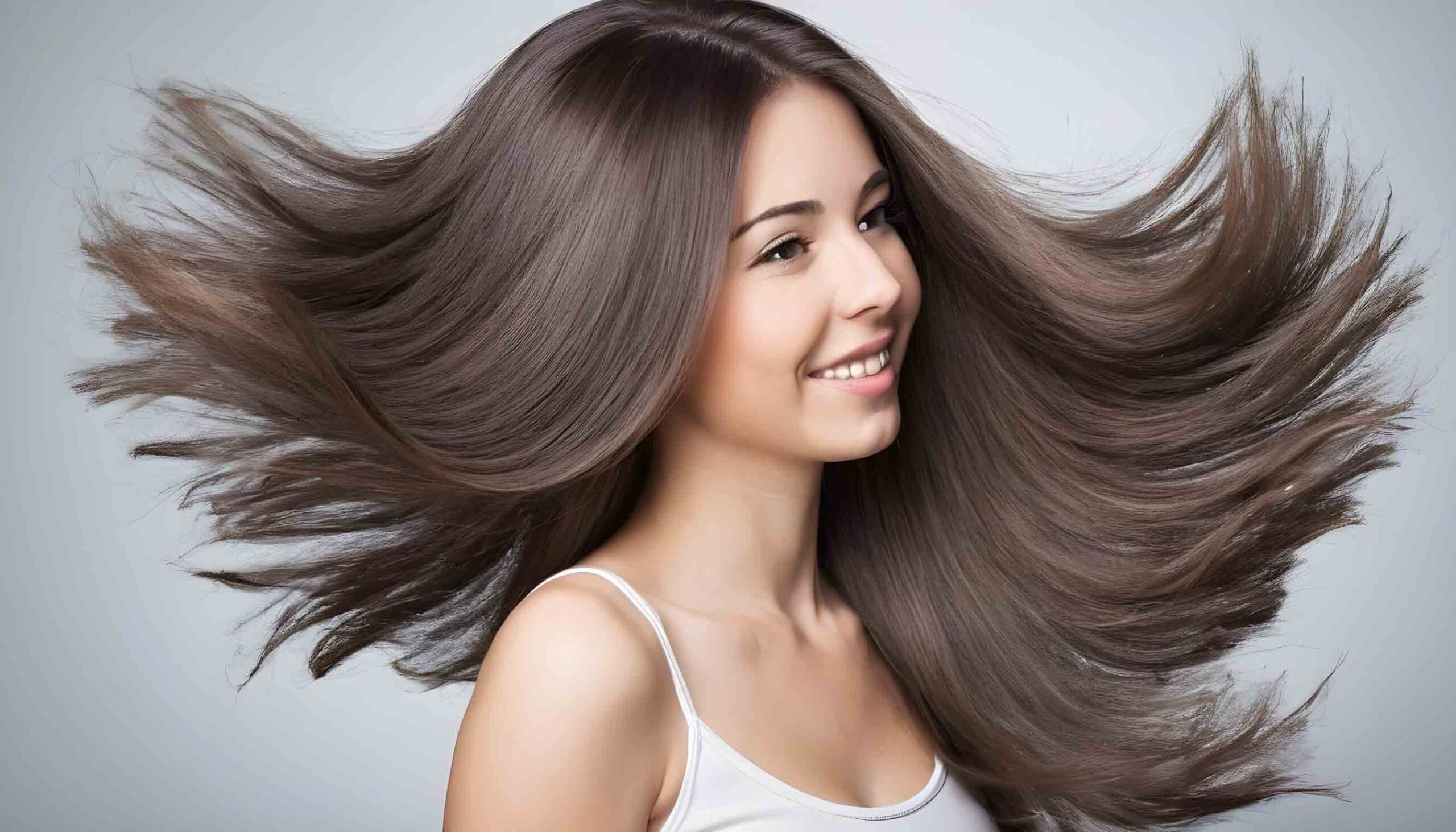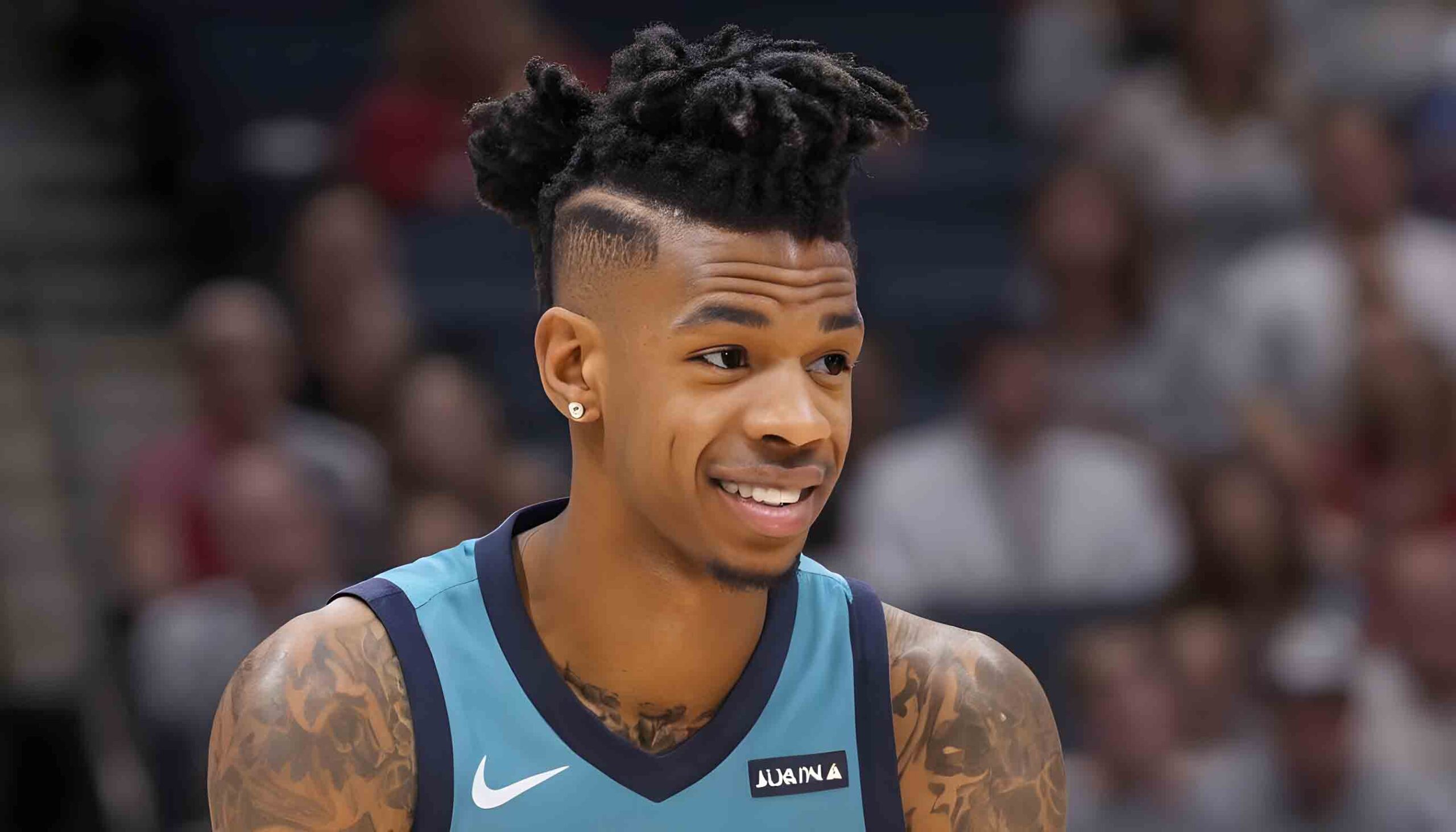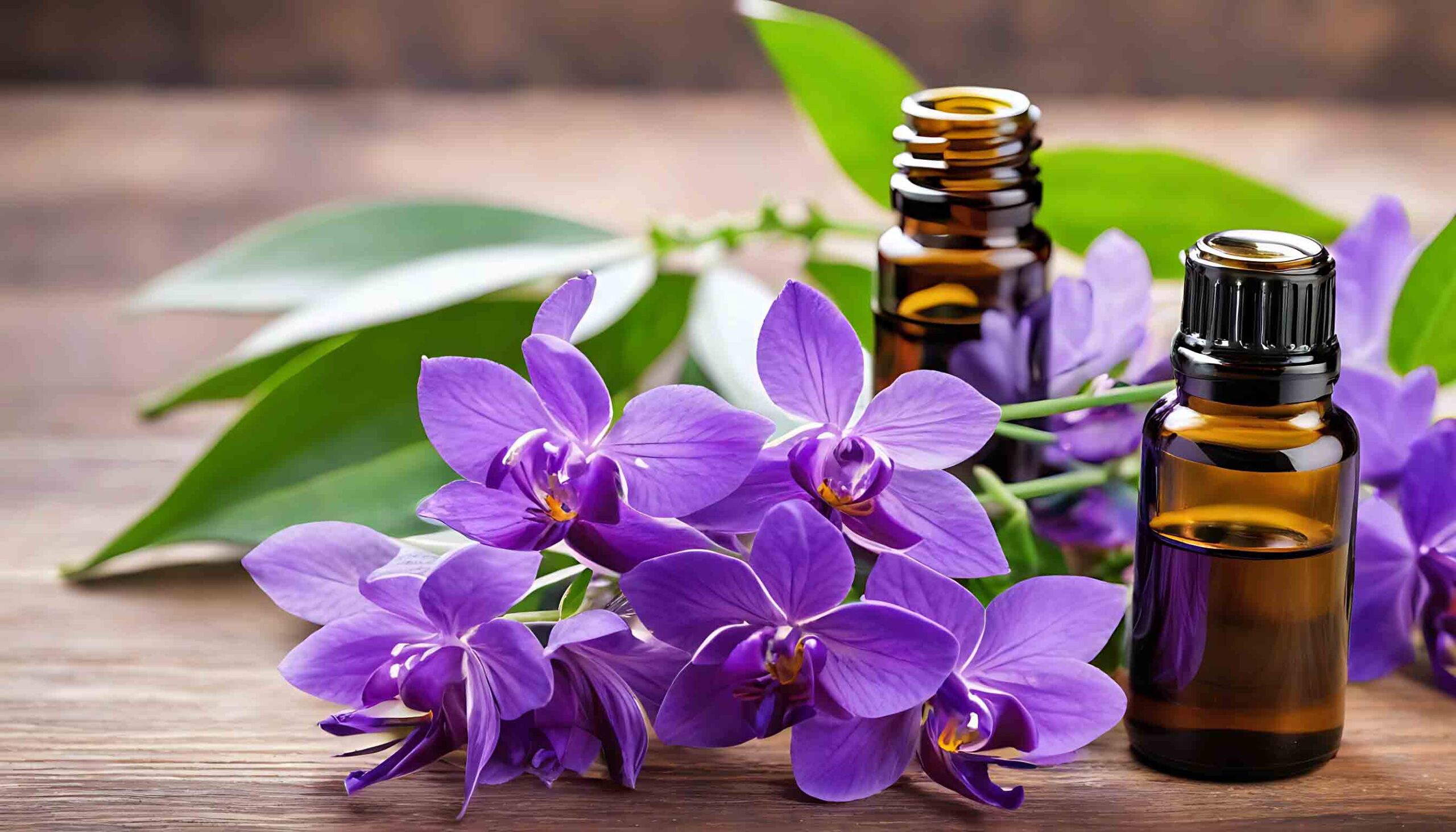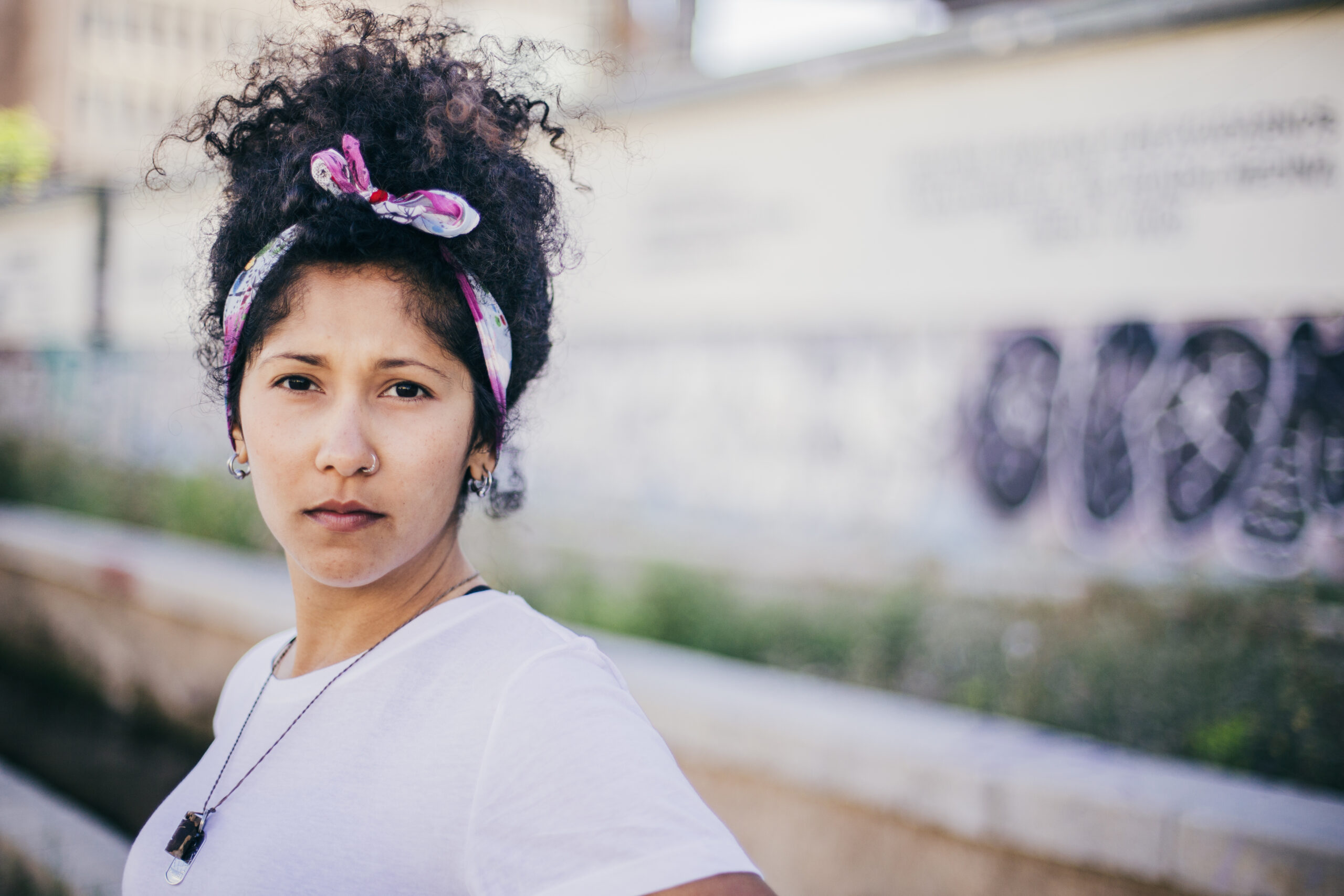Learn how to get strong, shiny, healthy hair with tips on hair care, styling, nutrition, and more. Discover the best practices for maintaining scalp health and promoting hair growth. Get advice from dermatologists and hair experts on how to grow thick, vibrant hair. Find the top tips for hair care, protective styling, diet, and vitamins that lead to optimal hair health. Struggling with damaged, dull hair? Get tips to restore shine and strength to overprocessed strands. Learn about nourishing products, habits, and techniques to repair hair and stimulate growth.
What does your hair need to become visibly healthier? Find out the top vitamins, nutritional foods, ingredients, and supplements to feed your follicles. Follow a hair-healthy diet and regimen for the best results.
Get recommendations on shampoos, masks, oils, and treatments that deeply nourish Healthy Hair, prevent breakage, reduce thinning, and add shine. Repair and strengthen your strands starting today.
TIPS FOR HEALTHY HAIR
Wash oily hair more frequently
For those with oily hair and scalp, shampooing more frequently, such as daily or every other day, can help remove excess oil and keep hair looking clean. Using a shampoo formulated for oily hair that contains ingredients like tea tree oil or charcoal can help absorb excess oil as well. Focus shampoo on the scalp and roots where oil production is highest.
Concentrate shampoo on the scalp
When shampooing, concentrate the product on your scalp, rubbing gently to loosen dirt, oil, and product buildup. Avoid aggressively scrubbing, which can cause damage and irritation. Shampooing the scalp is key for healthy hair growth.
Use conditioner after every shampoo
Conditioner helps restore moisture and smooth down the hair cuticle after the cleansing process of shampoo. Using conditioner after every shampoo, even for fine or oily hair, is important. Focus conditioner on the mid-lengths and ends of hair, not the roots.
Concentrate conditioner on the tips of the hair
When applying conditioner, concentrate the product on the mid-lengths and ends of your hair, avoiding the roots. This helps replenish moisture to the oldest and often driest parts of your hair without making the roots limp or greasy.
Choose a shampoo and conditioner formulated specifically for your hair type
Shampoos and conditioners are formulated for different hair needs, like color protection, volumizing, moisturizing, etc. Choosing the right ones for your unique hair type and texture helps keep hair properly cleansed and conditioned. Speak to your stylist for product recommendations.
Tips for Healthy Hair When Using Dye
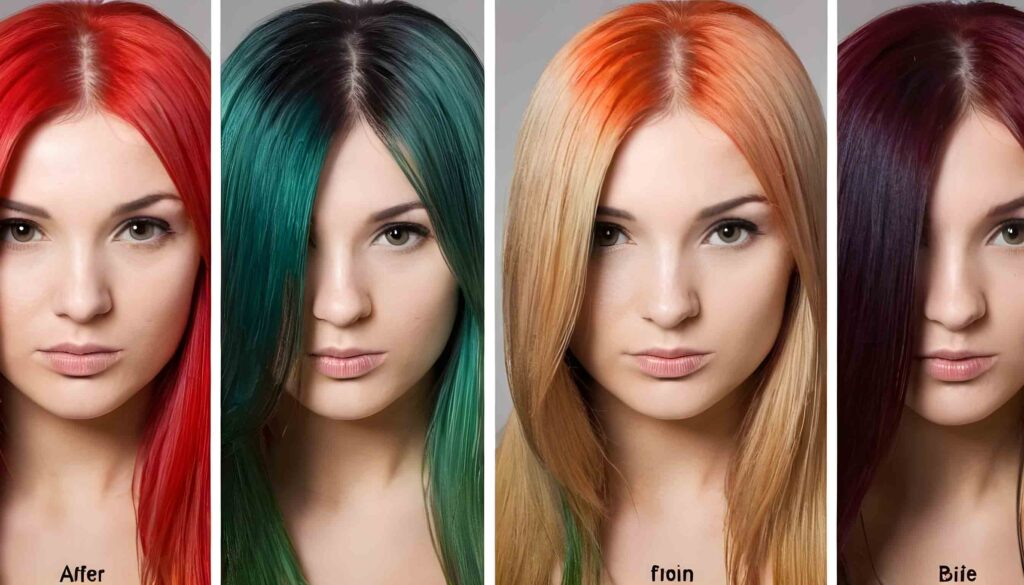
When dyeing your hair, it’s important to take steps to maintain healthy hair. Chemically treating your hair can lead to dryness, damage, and breakage if not done carefully. To keep hair strong and vibrant when using dye, be sure to properly prep and care for your hair.
Wash hair the day before coloring to remove any dirt, oil, or product buildup. Clarifying shampoos help thoroughly cleanse hair and scalp. When applying dye, use products specifically formulated for color-treated hair. Look for moisturizing and strengthening properties to nourish hair and protect it from chemicals. Always follow directions carefully and do not leave the dye on longer than recommended.
Deeply condition after coloring to restore moisture and smooth down the cuticle. Masks and leave-in treatments replenish hydration and prevent drying. Limit washing for a few days to maintain hair’s natural oils. When shampooing, use lukewarm water and concentrate on cleaning the scalp to avoid stripping color. Also, thoroughly rinse out products to prevent product buildup.
For long-lasting vibrancy, use color-protecting shampoos and conditioners. UV protectants help shield against fading from sun exposure. Additionally, minimize heat styling as the high temperatures can damage already compromised strands. With proper prep and aftercare, you can maintain soft, shiny, and healthy hair even when using dyes. Nourishing your hair inside and out will keep your color looking rich while strengthening your hair over time.
Essential Vitamins for Optimal Hair Health
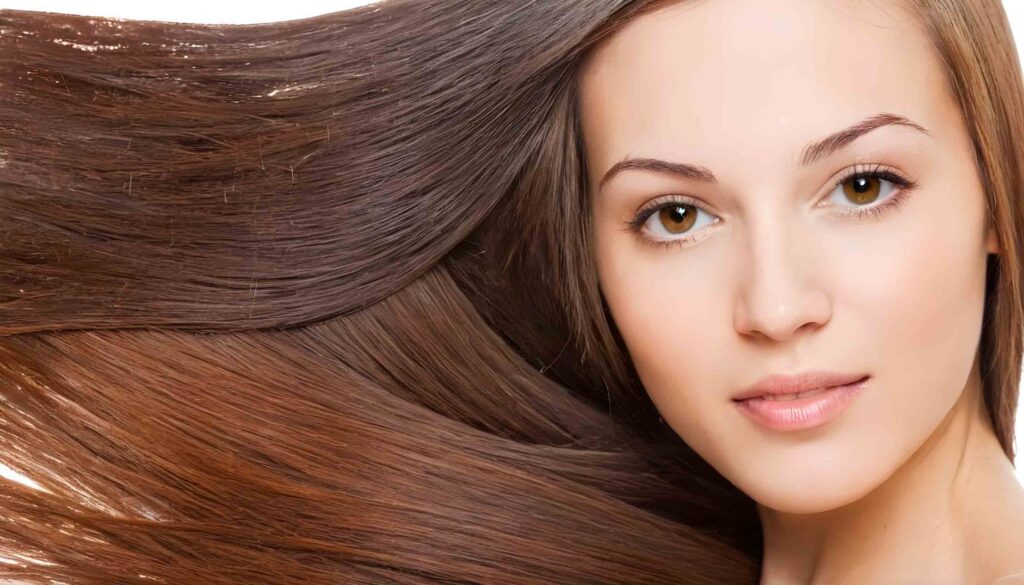
Getting the right balance of vitamins and nutrients is key for growing strong, healthy hair. While hair health also depends on genetics, overall scalp and follicle health, and hair care habits, proper nutrition provides the building blocks for vibrant, shiny strands.
Dermatologists recommend focusing on vitamins that stimulate circulation, promote growth, and strengthen hair. For example, vitamins C and E are antioxidant powerhouses that protect hair from free radical damage caused by UV rays, heat styling, and chemical treatments. B-complex vitamins like biotin, niacin, and B12 nourish follicles and increase circulation for better growth.
Vitamin A maintains scalp health and the production of sebum, the natural oils that lubricate and protect hair. Vitamin D is linked to stimulating new hair follicles and promoting thickness. The minerals zinc and iron prevent shedding and hair loss by ensuring efficient cell metabolism and sufficient red blood cell production.
A balanced diet rich in vegetables, fruits, lean proteins, nuts, seeds, and omega-3s will provide many essential vitamins and nutrients for healthy hair. Targeted oral supplements can also fill any nutritional gaps. Additionally, look for thickening shampoos and conditioners formulated with vitamins B5, B7, and B12 to further nourish hair strands externally.
Remember, hair growth is a slow process, so consistency with a nutrient-rich diet and targeted vitamin regimen is key. Be patient, and with time, prioritizing nutrition and hair-healthy habits will reveal stronger, shinier, more vibrant locks from root to tip.
How to Get Healthy, Strong Hair: Tips and Best Practices
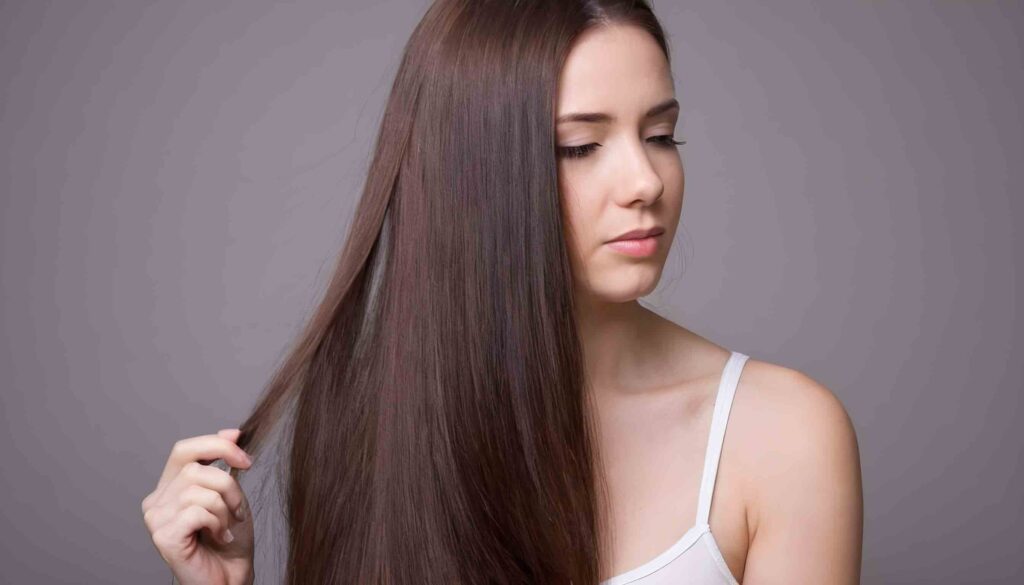
Having thick, shiny, healthy hair is a sign of vitality and good overall wellness. However, many factors from styling habits to nutrition can compromise hair health. To get and maintain vibrant, strong hair, it’s important to follow a hair-healthy lifestyle routine.
Wash hair two to three times per week with a mild shampoo focusing on cleansing the scalp. Limit washing to avoid stripping natural oils. After shampooing, apply a hydrating conditioner concentrating on the mid-lengths and ends. Let the conditioner soak for a few minutes before rinsing. Deep condition once a week to further nourish strands.
Be gentle when towel drying and detangling to avoid snapping strands. Allow hair to air dry when possible or use lower heat settings on styling tools. Use heat-protecting sprays to minimize damage from hot styling. Avoid tightly pulling hair back into ponytails or braids which can cause breakage along the hairline.
For added nourishment and shine, give yourself a weekly scalp massage. Gently use your fingertips to stimulate circulation and exfoliate buildup. Oils like argan, coconut, and olive can also be massaged in to moisturize the scalp and lengths.
Eat a varied diet emphasizing protein sources like fish, eggs, nuts, and beans for growth. Drink plenty of water to hydrate hair follicles. Take biotin, vitamin C, zinc, and iron supplements if deficient. Limit damaging UV exposure by wearing hats outdoors.
With a consistent regimen focused on gentle cleansing, deep conditioning, protective styling, nutrition, and scalp health, you can achieve naturally vibrant, smooth hair over time. Be patient and consistent – your hair will thank you!
How to Have Healthy, Vibrant Hair: A Complete Routine
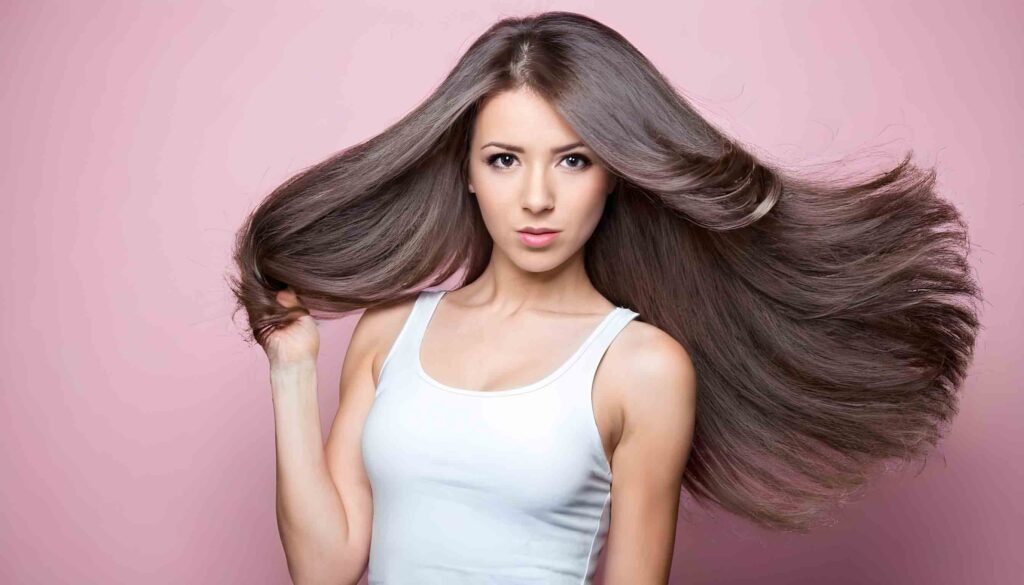
Having strong, shiny, vibrant hair requires taking a holistic approach to hair care and wellness. While genetics play a role, maintaining hair health also depends on your daily habits. Follow these tips recommended by dermatologists for optimal hair growth and beauty.
Wash hair 2-3 times per week at most, using a gentle shampoo and conditioner formulated for your hair type. Focus shampoo at the roots to remove oil and product buildup and conditioner on the lengths and ends to smooth and detangle. Limit washing to avoid over-stripping natural oils that nourish the scalp and hair.
After shampooing, apply a deep conditioning hair mask weekly and leave on for 10-15 minutes before rinsing out. The extra moisture and nutrients will strengthen strands and add shine. Limit blow drying and heat styling which can cause damage to already compromised hair. Allow hair to air dry when possible.
Nourish hair from within by eating a balanced, nutrient-rich diet. Focus on lean proteins, fruits, vegetables, and healthy fats. Take supplements like biotin, iron, and vitamin D if deficient. Stay hydrated by drinking plenty of water to support hair growth.
Use a targeted scalp massage to stimulate circulation, distribute oils, and slough off dead skin cells. Using gentle, circular motions, massage oils like coconut, almond, or argan into the scalp 2-3 times per week.
With the right hair care regimen, diet, and lifestyle habits, you can achieve healthy, vibrant, beautiful hair. Be consistent and patient – over time your strands will be stronger, shinier, and more luminous.
How to Get Healthy Hair – and keep it that way
Healthy hair starts with a healthy scalp and proper hair care habits. Here are tips from board-certified dermatologists to help improve hair health, strength, and beauty.
Wash your hair less often
For most hair types, washing every other day or twice a week is sufficient to keep hair clean without over-washing. Overwashing can strip the natural oils that help nourish and protect hair.
Apply conditioner properly
Conditioner should be used on the lengths of hair, not the scalp. Leaving the conditioner on for 1-3 minutes allows the ingredients to fully nourish hair before rinsing out. This helps hair look smooth and prevents split ends.
Use a hair mask weekly or as needed
Hair masks provide an extra dose of hydration and nourishment, especially for dry or damaged hair. Apply 1-2 times per week focusing on ends and leave on for 5-10 minutes before rinsing. This helps restore hair’s health and shine.
Protect hair when heat styling
Heat tools like blow dryers, curling irons, and straighteners can damage hair over time. Always apply a heat-protectant product before using heated tools to help prevent breakage and split ends.
Minimize hair processing such as dyes, perms, relaxers
Chemical processing can damage and dry out hair over time. Avoid over-processing, allow hair recovery time between treatments, and use conditioning treatments to help counteract chemical damage.
Protect hair when going in the sun or swimming
The sun and chlorine from pools can dry out and damage hair. Wear a hat in the sun and a swim cap when swimming. Rinse hair with fresh water after swimming to remove chlorine.
Detangle hair before shower and shampoo
Detangling hair when wet causes more breakage and damage. Use a wide-tooth comb or fingers to gently detangle dry hair before showering to prevent tugging, pulling, and breakage when washing.
Brush your hair when dry vs. wet
Brushing wet hair causes more breakage as the hair is in a fragile state when wet. Let hair air dry or use a soft microfiber towel before brushing to prevent damage and frizz.
Squeeze wet hair with a towel, don’t rub
Vigorously rubbing wet hair with a towel can cause frizz and breakage. Gently squeeze out excess moisture then let air dry or use a microfiber towel to soak up water.
Protect and moisturize your scalp
A healthy scalp is key for optimal hair growth. Use shampoos that gently cleanse without over-stripping oils and use oil treatments to moisturize the scalp. Massaging also increases circulation.
Care for your hair while you sleep
Friction from pillows can damage hair. Use a silk or satin pillowcase which is smoother and gentler on hair. Also, tie hair up in a loose braid or bun to prevent tangles overnight.
Get regular haircuts
Getting a trim every 6-8 weeks removes split ends before they travel up the hair shaft and cause breakage. This helps maintain healthy hair ends and reduces the need for drastic cuts.
Eat a healthy diet and drink plenty of water
A balanced diet with protein, omega-3s, antioxidants, vitamin C, zinc, and iron promotes healthy hair growth and strength. Drinking enough water prevents dehydration which can make hair dry, brittle, and dull.
Help Improve Your Healthy Hair with BatisteTM
At BatisteTM, we offer a range of dry shampoos, conditioners, hair masks, and styling products to meet your unique hair needs. Our formulas are designed to cleanse hair gently, boost moisture and vitality, guard against damage, and enhance shine and beauty.
BatisteTM Dry Shampoo
Our award-winning dry shampoos absorb excess oils and impurities from the hair and scalp between washes. They provide cleansing and refreshment without the need for water. Infused with a light scent, they will leave your hair feeling clean and refreshed.
BatisteTM Conditioner
Let our rich, nourishing conditioners smooth and replenish moisture in your locks. Enriched with essential oils and protective antioxidants like vitamin E, our formulas will leave hair silky soft without weighing it down. Say goodbye to frizz and flyaways!
BatisteTM Hair Mask
Give your hair some extra TLC with our indulgent hair masks designed to repair, strengthen, and deeply hydrate your strands. Pick from options like strengthening keratin, smoothing Moroccan argan oil, or hydrating coconut depending on your hair’s needs.
BatisteTM Styling Products
From root-boosting sprays to frizz-fighting serums, BatisteTM offers a full range of styling products to help you achieve your desired look. Formulas contain ingredients like biotin, collagen, and bamboo extract to nourish hair and enhance smoothness and shine.
At BatisteTM, we want to empower you to care for your hair in the healthiest way possible. Visit Batiste.com to explore our collection and find the products that work for your unique hair wellness needs!
12 Healthy Hair Habits You Should Adopt ASAP
Getting and maintaining healthy hair involves establishing good hair care habits. Here are 12 tips from stylists for improving hair health starting today:
Brush your hair before you shower
Gently brushing hair before shampooing helps detangle strands and prevent pulling and breakage when washing. Use a wide-tooth comb or boar bristle brush working in sections from tips to roots.
Condition correctly — and with care
Apply conditioner from mid-lengths to ends, avoiding roots. Leave on for 1-3 minutes, then rinse thoroughly. Conditioning properly hydrates hair and prevents split ends leading to healthier hair over time.
Take time for hair masks
Using a deep conditioning hair mask 1-2 times per week gives hair an extra dose of nourishing ingredients. Look for formulas with hydrating oils, strengthening keratin, or repairing omegas.
Be mindful of key ingredients
Look for shampoos and conditioners containing ingredients like keratin, silk amino acids, shea butter, aloe vera, or argan oil. These nourish strands, increase shine, and help minimize damage.
Eat a balanced diet
A diet rich in protein, iron, zinc, vitamins A through E, and essential fatty acids promotes healthy hair growth. Stay hydrated and minimize nutrient-poor foods like sugar and processed carbs.
Take a deep breath
Stress causes elevated cortisol levels which can negatively impact hair health and growth. Incorporate relaxing practices like meditation, yoga, and deep breathing to manage stress.
Turn down the temp of your shower
Hot water can damage hair cuticles leading to frizz and breakage. Opt for lukewarm water when shampooing and rinsing out conditioner to prevent unnecessary damage.
Shield strands from the sun
UV rays dehydrate hair fibers leading to brittle, dry hair prone to breakage. Wear a hat when spending time outside or use a UV-protecting spray.
Don’t skip your scalp
Massaging the scalp increases blood flow vital for hair health. Use fingertips to massage in gentle circles while shampooing or applying masks or oils.
Sleep on silk
Cotton pillowcases can cause friction leading to breakage. Use a silk or satin pillowcase which allows hair to glide smoothly and prevents waking up with a frizzy mess.
Style smarter
Limit the use of hot tools like curling irons and straighteners to reduce heat damage over time. Always use a heat protectant spray before hot tool styling. Avoid super tight hairstyles that pull on strands.
Adopting healthy hair habits leads to noticeable improvements in hair’s strength, shine, and manageability over time. Be patient as you establish these new practices and say goodbye to damaged, lackluster locks!
9 Tricks for Healthy Hair, Fuller-Looking Hair
Wish your hair looked thicker and more vibrant? Try these dermatologist-recommended tips for boosting hair health from the inside out:
Pump up the protein
Protein is essential for hair growth and repair. Make sure to eat protein-rich foods like eggs, fish, beans, nuts, or lean meats daily.
Zinc about it
Zinc deficiency is linked to hair loss. Consume zinc-rich foods like oysters, nuts, seeds, eggs, beef, and beans daily to prevent a deficiency.
Omega your hair nice
Omega-3 fatty acids nurture the scalp and promote thicker, shinier hair. Eat omega-3 foods like salmon, walnuts, and flaxseeds a few times a week.
Know thy hair
Understand your hair type – fine, coarse, curly, etc. – and choose products formulated for your specific needs. Proper cleansing and hydration prevent damage.
Choose the right shampoo
Look for volumizing shampoos with ingredients that won’t weigh thin hair down like wheat protein, vitamin B5, or ginseng.
Get condition-specific
Pick a lightweight conditioner if your hair is fine. Look for deep conditioning masks if the hair is dry or damaged. Target your hair concerns.
Wash up and brush up
Shampoo regularly to prevent product buildup that can flatten hair. Only brush when dry to avoid breakage – use a wide-tooth comb.
Hair maintenance tips
Stay hydrated, use protectant before heat styling, sleep on a silk pillowcase, and get regular trims. This supports healthy hair.
Cut it out
Book trims every 8-10 weeks to snip split ends before they travel up the hair shaft leading to thinning and shedding.
With the right diet, products, and habits your locks will look revitalized, bouncy, and full in no time!
Aloe Vera for Your Hair: What Are the Benefits?
Aloe vera is known for its many beneficial properties when used topically on skin and hair. Here’s a look at how aloe vera improves hair health, reduces dandruff, and accelerates Healthy Hair growth:
Aloe vera benefits for your hair
- Deeply hydrates – Aloe’s high water content plus vitamins and minerals hydrate hair and scalp to prevent dryness
- Packed with nutrients – Contains vitamins A, C, E plus antioxidants that nourish hair follicles
- Anti-inflammatory – Soothes and reduces scalp itchiness and inflammation that causes dandruff
- Unclogs hair follicles – Removes excess oil and residue that can block follicles and inhibit growth
- Increases circulation – Improves blood circulation in the scalp for optimal growth
- Balances pH – Helps restore the scalp’s pH which can speed up hair growth
- Anti-microbial properties – Prevents fungal infections and reduces scalp acne
How to Use
Look for shampoos, conditioners, gels, and hair masks containing aloe vera. Or make a DIY hair mask by combining pure aloe gel from the plant with oils like coconut or jojoba oil. Apply to wet hair, allow to penetrate for 20 minutes then rinse. Repeat 1-2 times per week.
Risks and warnings for aloe vera
Aloe vera is generally very safe when used topically. Those with an aloe allergy should avoid its use. When purchasing aloe gel for DIY recipes, be sure it is pure aloe without added fillers or ingredients. A patch test is also recommended before initial use to check for an allergic reaction.
Add aloe vera to your hair care routine for shinier, fuller, and healthier locks from root to tip! Its nourishing properties help undo damage from styling, sun, and chemical treatments.
Conclusion
Achieving healthy, beautiful Healthy Hair hair relies on establishing the right hair care regimen for your specific hair type and needs. While advice varies for fine, thick, curly, dry, or color-treated hair, some universal tips apply to all hair types. Eating a balanced diet, staying hydrated, minimizing damage from chemical processing and heat styling, avoiding over-washing, and using the right nourishing products for your hair will help strengthen, improve, and protect your tresses.
Being consistent with a hair care routine that works for you and getting trims every 6-8 weeks to prevent split ends is key to maintaining your hair’s health in the long run. Be patient with the process and seek professional advice from your stylist if needed. With commitment to supportive habits and targeted products, you’ll be on your way to your healthiest, shiniest hair yet.
Frequently Asked Questions
How can I make my hair healthy?
Here are some tips for achieving Healthy Hair:
- Eat a balanced diet rich in protein, omega-3s, iron, zinc and vitamins
- Drink plenty of water to stay hydrated
- Limit heat styling and chemical treatments that can damage hair
- Wash hair less frequently, about 2-3 times per week
- Apply a hair mask or deep conditioner weekly
- Detangle gently with a wide-tooth comb before washing
- Use shampoos and conditioners made for your hair type
- Protect hair from sun exposure using hats or SPF spray
- Sleep on a silk pillowcase to avoid friction
- Get regular trims every 6-8 weeks to prevent split ends
How do you know if your hair is healthy?
Signs of healthy hair include:
- Hair appears smooth, shiny, and vibrant
- Few split or frayed ends when examining hair closely
- Hair is strong and resistant to breakage when wet or brushing
- Scalp appears flake-free and nourished
- Hair holds a curl and has manageable frizz
- Growth seems normal, with minimal shedding
- Strands feel smooth and do not look dull or brittle
What is best for hair health?
The best things for overall Healthy Hair include:
- Eating a nutritious diet high in protein, omega-3 fatty acids, iron, biotin, and vitamins A, C, and E
- Drinking enough water daily
- Using a shampoo and conditioner suited for your hair type
- Letting hair air dry instead of overusing heated styling tools
- Applying oils or masks weekly to deeply nourish hair
- Protecting hair from sun exposure
- Getting regular trims to prevent split ends
- Using a microfiber hair towel and silk pillowcase
- Managing stress levels
What can I do to make my hair grow healthy?
Tips for healthy hair growth include:
- Taking hair-strengthening supplements like biotin, zinc, iron, and vitamin D
- Eating protein-rich foods like eggs, fish, beans, chicken and nuts
- Massaging the scalp regularly to increase circulation
- Staying hydrated and drinking enough water daily
- Using a shampoo that promotes hair growth and volume
- Being gentle when brushing and detangling to avoid breakage
- Avoiding tight hairstyles that pull on the scalp
- Managing stress through yoga, meditation, or journaling
- Getting regular trims to prevent split ends and retain length
What hair dye is the healthiest?
Some of the healthiest hair dye options include:
- Natural or vegetable-based dyes like henna
- Semi-permanent dyes that gradually wash out over time
- Ammonia-free permanent dyes
- Options with botanical oils or conditioners to counteract drying effects
- Brands that use lower levels of PPD, which can irritate the scalp
- Dyes without parabens, phthalates, gluten or formaldehyde
Consult with a colorist to find the healthiest, least damaging dye for your hair goals.
What hair dye is the least damaging?
Some of the least damaging hair dye options include:
- Semi-permanent or demi-permanent dyes that gradually fade
- Vegetable-based natural dyes like henna
- Ammonia-free permanent dyes
- Low-PPD permanent dyes to minimize scalp irritation
- Dyes without additives like parabens or phthalates
- Options enriched with oils or conditioners to nourish hair
- Highlights instead of full color for minimal processing

